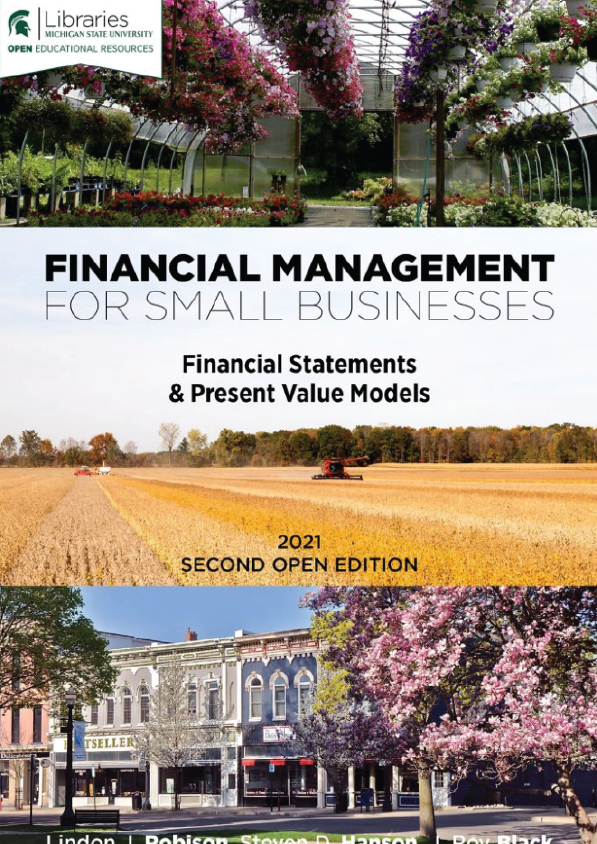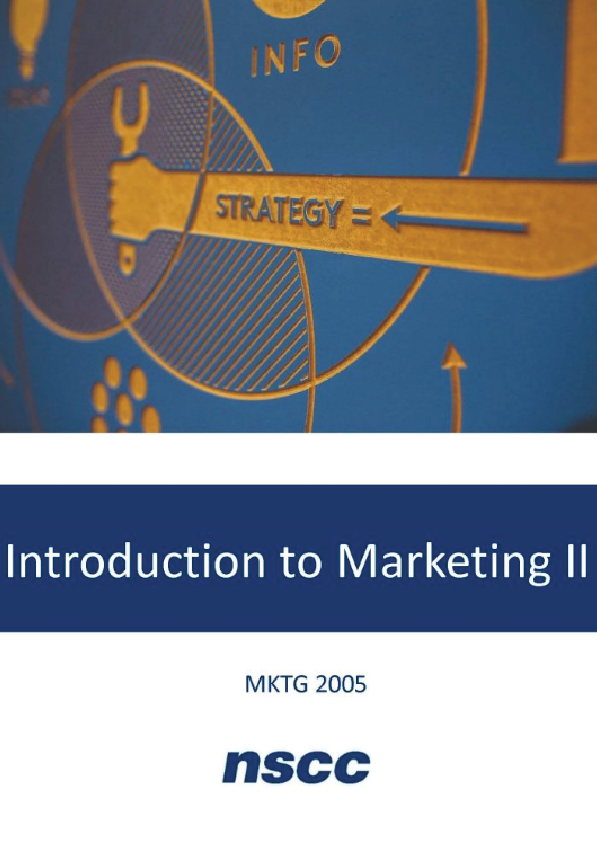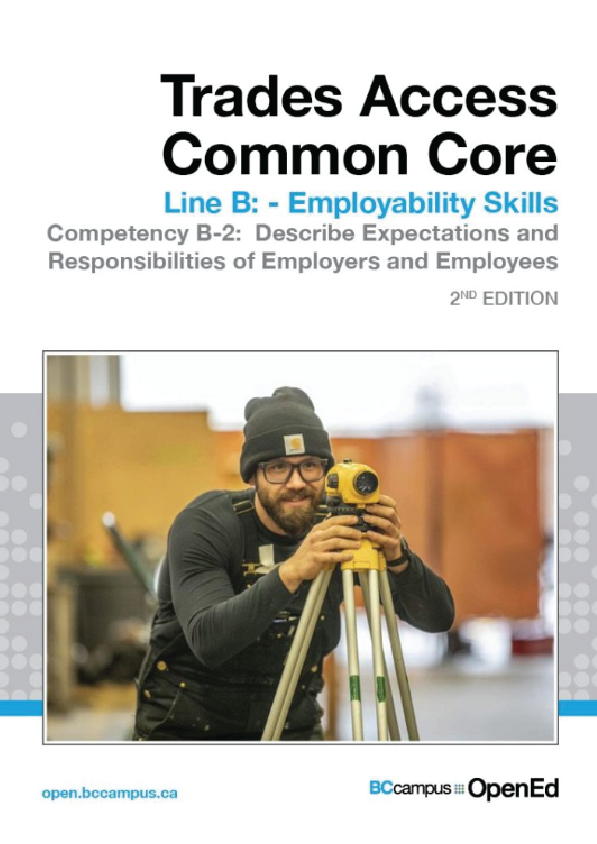The chapters in Part I introduce management. Chapter 1 describes the firm management process—a process that includes identifying the firm’s mission statement and strategic (long term) goals and tactical (short term) objectives; identifying the firm’s strengths, weaknesses, opportunities, and threats; identifying and evaluating alternative strategies; and finally implementing and evaluating the preferred strategy. Chapter 1 notes that the management process has wide application including managing the financial resources of the small to medium-size firm.
The firm’s opportunities and threats are most often nested in factors outside the firm’s control. For example, different ways to organize the firm (Chapter 2) and the tax environment facing the firm (Chapter 3) are factors external to the firm. They are important to discuss, though, because the firm can adopt different responses to the legal and tax environment in which it operates.
We live in and make financial decisions in a world of risk and uncertainty. So how do we make choices when we can’t be certain what the outcomes will be? Formal insurance programs are one way of addressing the risk firms face. However, there are other risk responses the firm can employ. Learning about risk and applying this knowledge to the purchase of insurance and adopting other risk management alternatives is the focus of Chapter 4. Some of the concepts covered in Chapter 4 are essential statistical tools needed to plan and make important decisions in a risky and uncertain world.
Chapters in Part II focus on the internal financial strengths and weaknesses of the firm and its ability to respond to external opportunities and threats. Chapter 5 focuses on the construction, analysis, and interpretation of coordinated financial statements (CFS). CFS are the primary tools for answering the question: what is the financial condition of the firm and what are its financial strengths and weaknesses?
An important consideration, especially when the focus is on small to medium-sized firms, is how to construct financial statements when the firm has incomplete records. While the data used in the financial management process and the construction of financial statements are most often assumed to be obtainable and accurate, the reality may be quite different. Small to medium-sized firms often lack the financial records required to conduct the analyses described in Part II of this book. Acquiring and sometimes guesstimating the missing data is almost an art form—a process that forms the nexus between theory and practice.
An important lesson to be learned about financial statements—even when we can construct them accurately—is that financial statements alone do not completely reveal the financial strengths and weaknesses of the firm. A more complete view of the firm’s strengths and weaknesses requires ratios be constructed using data included in the firm’s CFS (Chapter 6). Ratios constructed using the firm’s CFS can be compared with similar firms, and significant deviations from the norm can be noted and given further attention. Ratios describing the firm’s financial well-being can be described by the acronym SPELL: (S)olvency, (P)rofitability, (E)fficiency, (L)iquidity, and (L) everage.
Chapter 7 notes that the firm’s CFS is a system. An important characteristic of an open system is that its parts are connected internally with endogenous variables and externally—to factors outside of the firm—with exogenous variables. Therefore, a change in one or more of the firm’s exogenous variables can change conditions inside the firm described by its endogenous variables.
Because CFS are a system, we can analyze the firm’s opportunities and threats presented by forces outside the firm. For example, we can ask: what if there is a change in the firm’s exogenous variables? Then, how will the financial condition of the firm change? Or we may ask: if the firm has a financial goal, then how much must an exogenous variable change for the firm to reach its goal? Finally, we may ask: if one part of the system changes, what will be the corresponding change? One way to think of the CFS system and what if and how much analysis is to compare it to a balloon: a squeeze somewhere in the balloon will produce a bulge somewhere else.
Throughout this book, we use data from a hypothetical (but not atypical) firm, HiQuality Nursery (HQN) to help make the analysis realistic. However, the financial analysis experience becomes authentic when those practicing financial management skills construct financial statements for actual firms, including ones in which the analyst has a personal interest.











